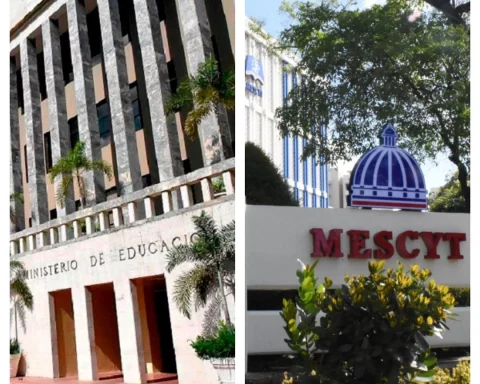Among the economic challenges expected for 2022 and 2023, the increase in the interest rate is estimated at 3.6% approximately, said Juan Ariel Jimenezdirector of the Apricus Consulting Agency.
Jiménez, who was speaking at the closing of a seminar on cooperatives, indicated that the Dominican Republic has a fairly dynamic and resilient economy.
“In recent years, the Dominican Republic and Peru were among the few countries that had high growth and low inflation, which translates into a continuous reduction in poverty.”
The Association of Rural Savings and Credit Institutions, Inc. (Airac) and the National Federation of Savings and Credit Cooperatives and Related, Inc. (Fencoop) held the first economic seminar for Dominican cooperatives, with the aim of continuing to strengthen the welfare of its members under the current economic context.
He stressed that nominal income in rural areas has grown more than in urban areas, “rural savings have also grown, the service sector continues to be the most relevant in the country, while complications are expected for the agricultural sector.”
He stated that the country and its productive sector have a great growth capacity.
Read more: Central Bank announces interest rate increase of 1%
Central Bank increases monetary policy rate to 6.50% per year
The Central Bank of the Dominican Republic (BCRD)at its monetary policy meeting in May 2022, decided to increase its monetary policy interest rate by 100 basis points, from 5.50% per year to 6.50% per year.
In this way, the rate of the permanent liquidity expansion facility (1-day Repos) increases from 6.00% to 7.00% per year and the interest-bearing deposit rate (overnight) from 5.00% to 6.00% annually.
This decision is based on an exhaustive evaluation of the recent behavior of the world economy and its impact on inflation, influenced by the recent geopolitical conflicts and the global cost shock.
In that order, price dynamics have been affected by external factors that are more persistent than expected, associated with the notable increase in prices of Petroleum and other important raw materials for local production, as well as the high costs of international container transport and other disruptions in supply chains.
















